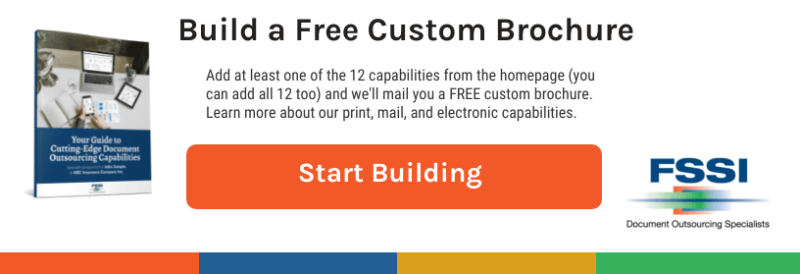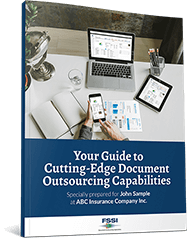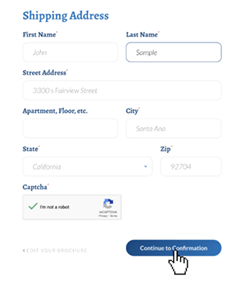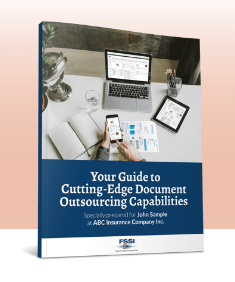How-to Guides, Postage and Mailing, Postal Optimization, Regulatory Compliance, USPS
Is Your Company Getting the Most Out of Certified Mail?
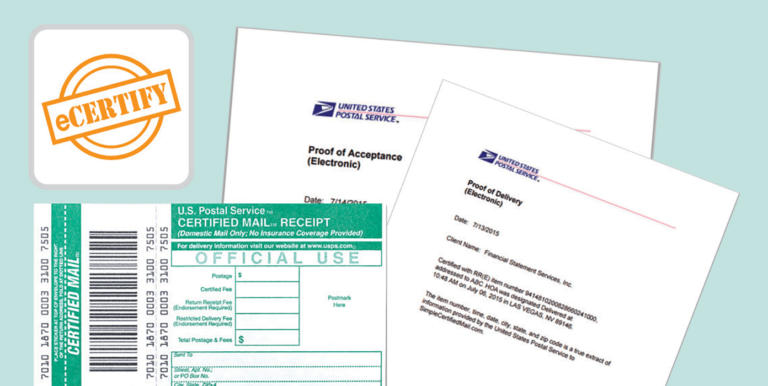
Any company that has mailed even a single letter has probably heard of certified mail. But there is a lot more that goes into Certified Mail than it appears on the surface. We put together a quick guide to help you get the most out of Certified Mail. USPS Certified Mail is one of the USPS’s useful tools. We will define certified mail, explain who uses certified mail, explain the difference between Certified Mail and Registered Mail, and the benefits of certified mail.
What is Certified Mail?
Certified Mail is a specialized service offered by the United States Postal Service (USPS) that provides the sender with official proof that an item has been mailed. This service offers a mailing receipt and electronic verification that an article was delivered or that a delivery attempt was made. While Certified Mail itself does not guarantee that the recipient will sign for or accept the mail, it establishes a verifiable record of the mailing event, offering legal and administrative protection to the sender. It’s a valuable tool for sending important documents or items where confirmation of mailing is essential.
Who Uses Certified Mail?
A wide range of individuals, businesses, and legal entities utilize Certified Mail for various purposes. Individuals might use it to send important personal documents like lease agreements, legal notices, or official correspondence. Businesses frequently rely on Certified Mail to send invoices, contracts, legal documents, and notifications requiring proof of mailing. Legal entities, such as law firms and government agencies, often use Certified Mail to ensure proper notification and documentation in legal proceedings and official communications. Essentially, anyone needing a documented record that an item was sent through the mail can benefit from using Certified Mail.
The Benefits of Certified Mail: Legal Protection, Tracking, and Peace of Mind
The benefits of using Certified Mail are numerous. It provides legal protection by offering irrefutable proof that an item was mailed on a specific date. This can be crucial in legal disputes or when adhering to contractual obligations. Certified Mail also includes tracking capabilities, allowing the sender to monitor the progress of their mailpiece online and receive confirmation once it has been delivered or a delivery attempt has been made. It also offers peace of mind to the sender, knowing they have a documented record of their mailing and can verify its delivery status, reducing the uncertainty associated with standard mail.
Benefits of Certified mail also include:
- Proof of Mail
- Delivery Confirmation
- Increased Security and Confidentiality
- Legal Documentation
- Dispute Resolution
- P.O Boxes
- Return Receipt
Proof of Mail
When you use Certified Mail, the United States Postal Service provides you with an official mailing receipt. This receipt serves as tangible evidence that the USPS accepted your mailpiece for delivery on a specific date. Crucially, the receipt is date-stamped by the postal clerk at the time of mailing, making it an official record of when the item entered the USPS system. Additionally, the unique tracking number printed on the receipt allows you to verify this mailing event and track the subsequent progress of your mailpiece through the USPS network. This receipt is often accepted as legal documentation confirming that you sent the item on the date indicated.
Delivery Confirmation
With certified mail, you receive a mailing receipt that serves as evidence of sending the item. This receipt includes the date of mailing and a unique tracking number, providing you with a record of when the item was dispatched.
Increased Security and Confidentiality
Certified mail offers an added level of security for your important documents or materials. It requires the recipient or an authorized person to sign for the item upon delivery, ensuring that it reaches the intended recipient securely.
Legal Documentation
When sending legal or sensitive documents, using certified mail helps establish a chain of custody. The mailing receipt and delivery confirmation serve as legal proof that the item was sent and received, which can be important for legal and official purposes.
Dispute Resolution
In cases where disputes or disagreements arise regarding the delivery of an item, certified mail provides documentation to resolve such issues. The tracking information and delivery confirmation can be used as evidence in case of any disputes or discrepancies.
Create a Sense of Urgency
When the recipient has to physically sign for Certified Mail, it creates a sense of urgency to open and read the documents. Another advantage of Certified Mail is that it also makes documents look more official and less likely to be found in the junk pile.
P.O. Boxes
USPS Certified Mail is sent to a P.O. box. After that, the delivery notification is found inside the P.O. box. This instructs the recipient to present the delivery slip to the USPS window clerk. After signing the delivery receipt, the Certified Mail is given to the recipient.
Return Receipt
In many cases, senders can purchase a Return Receipt for an additional fee. A Return Receipt, also known as a Certificate of Mailing, is a hard copy that shows the recipient’s signature as well as the date and time of each mail-piece delivery. If the sender does not initially purchase the Return Receipt service, you can request a Duplicate Return Receipt for up to two years.
Return Receipt Signatures are now also available in electronic format. Electronic PDF files are quickly replacing hard copies. This is because electronic PDF files are easier to administer, cost less to mail, and are easier to store. Ultimately, this makes them much harder to lose. The PDF format can also easily be emailed or shared. Copies of each Certified Mail transaction, including the Electronic Delivery confirmations and Electronic Return Receipt PDF files are stored for 10 years at no additional charge.
Limitations of Certified Mail: What It Doesn’t Guarantee
While Certified Mail offers valuable proof of mailing and delivery tracking, it’s important to understand its limitations. Notably, Certified Mail does not guarantee that the recipient will sign for or accept the mail. The USPS will document the delivery attempt, but if the recipient refuses to sign or is unavailable for multiple attempts, the mail will eventually be returned to the sender. Additionally, Certified Mail does not provide insurance against loss or damage to the contents. If you need financial protection for your mailpiece, you’ll need to purchase separate insurance coverage from the USPS.
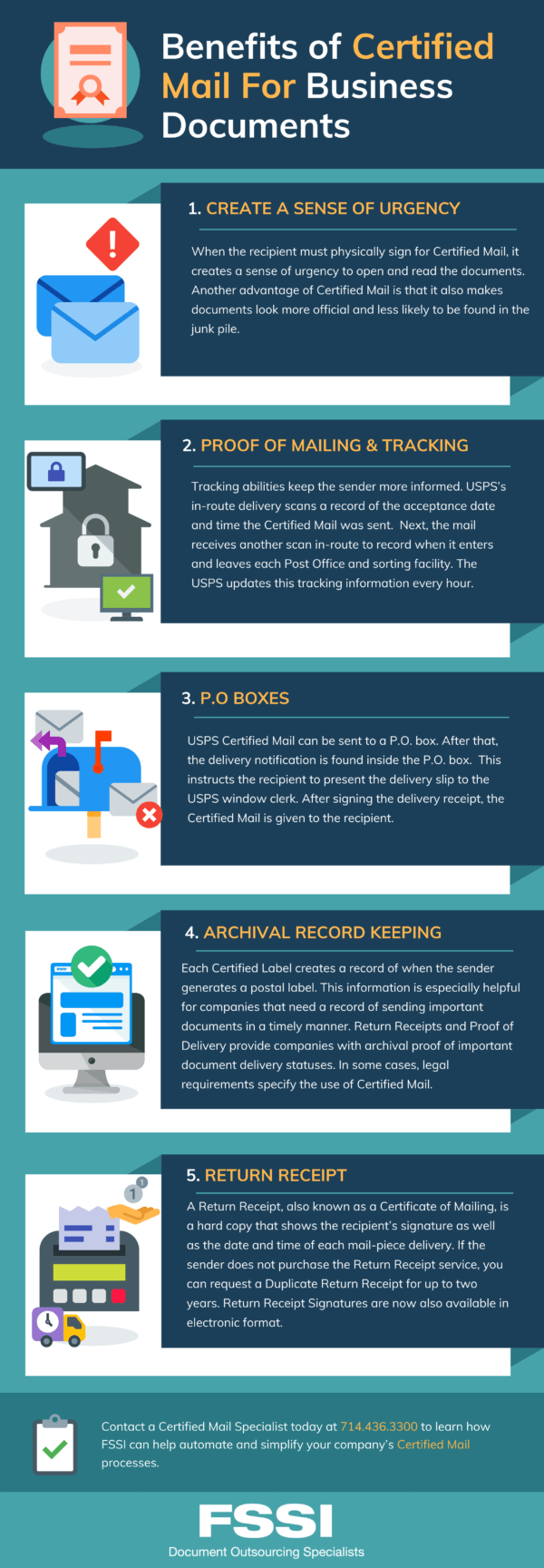
Is Certified Mail Worth the Added Cost?
Deciding whether certified mail is worth the cost ultimately depends on the value you place on added security and peace of mind. While certified mail incurs an additional expense, it offers several benefits that can outweigh the cost. With certified mail, you gain enhanced security for documents containing sensitive information, ensuring they are handled with care throughout the delivery process. The included proof of mailing and delivery confirmation provides legal documentation and peace of mind, especially when dealing with crucial or time-sensitive materials.
By investing in certified mail, you can prioritize the safety and accountability of your important correspondence, making it a valuable option for situations where added security is paramount.
USPS Mailing Terms Glossary
We put together a massive glossary of terms used in the mailing industry. We define USPS postal terms and acronyms; we explain postal service levels and more. Check out the Glossary of USPS Mailing Terms here.
eCertify – FSSI’s Electronic Certified Mail Solution
Take advantage of the Benefits of Certified Mail. We’ve made the process simpler with eCertify. This certified mail tool is an electronic method developed by FSSI for current and prospective clients. A challenge concerning the traditional method for Certified Mail is receiving hard copies of important documents. This includes the Proof of Mailing and Return Receipts.
Hard copies can be difficult to manage and, oftentimes, difficult to find. FSSI simplifies the mailing process by creating and printing the required labels from client print files in line with the document to be mailed. We insert the document and labels into specially marked certified envelopes. They then move on to USPS delivery. We post Electronic Delivery Confirmation and Return Receipt Signature online within hours of receiving a signature for a document. We can also transmit this same information for upload into clients’ in-house archival systems.
Benefits of eCertify Certified Mail Solution
- Greater efficiency and productivity — Upon receipt of the Certified Mail by the USPS, a Proof of Acceptance document and tracking of the mailpiece throughout the USPS system is available in FSSI’s eCertify reporting. Conveniently, eCertify replaces the burdensome process of manually creating, managing and archiving the physical return of Return Receipts and Proof of Acceptance forms
- Single vendor simplicity — FSSI handles all mail. This provides greater accountability and integrated reporting.
- Business process support — eCertify electronically posts and archives Return Receipt information within hours of mail delivery.
- Considerable savings potential — The eCertify service reduces costs associated with postal fees, label preparation, and physical Return Receipt storage and retrieval.
Built-in Accountability Reporting
Through workStreamOne™, FSSI’s Online Job Tracking and Reporting tool, proof of delivery information and USPS mailpiece tracking and reporting are accessible online by authorized users, 24/7. Comprehensive eCertify reports detail the name and address of each recipient. Reports also include the USPS tracking information and Tracking Number, and the final delivery date.
Contact us to learn how FSSI can help automate and simplify your company’s Certified Mail processes. Take advantage of the benefits of certified mail. Contact a Certified Mail Specialist today at 714.436.3300.
